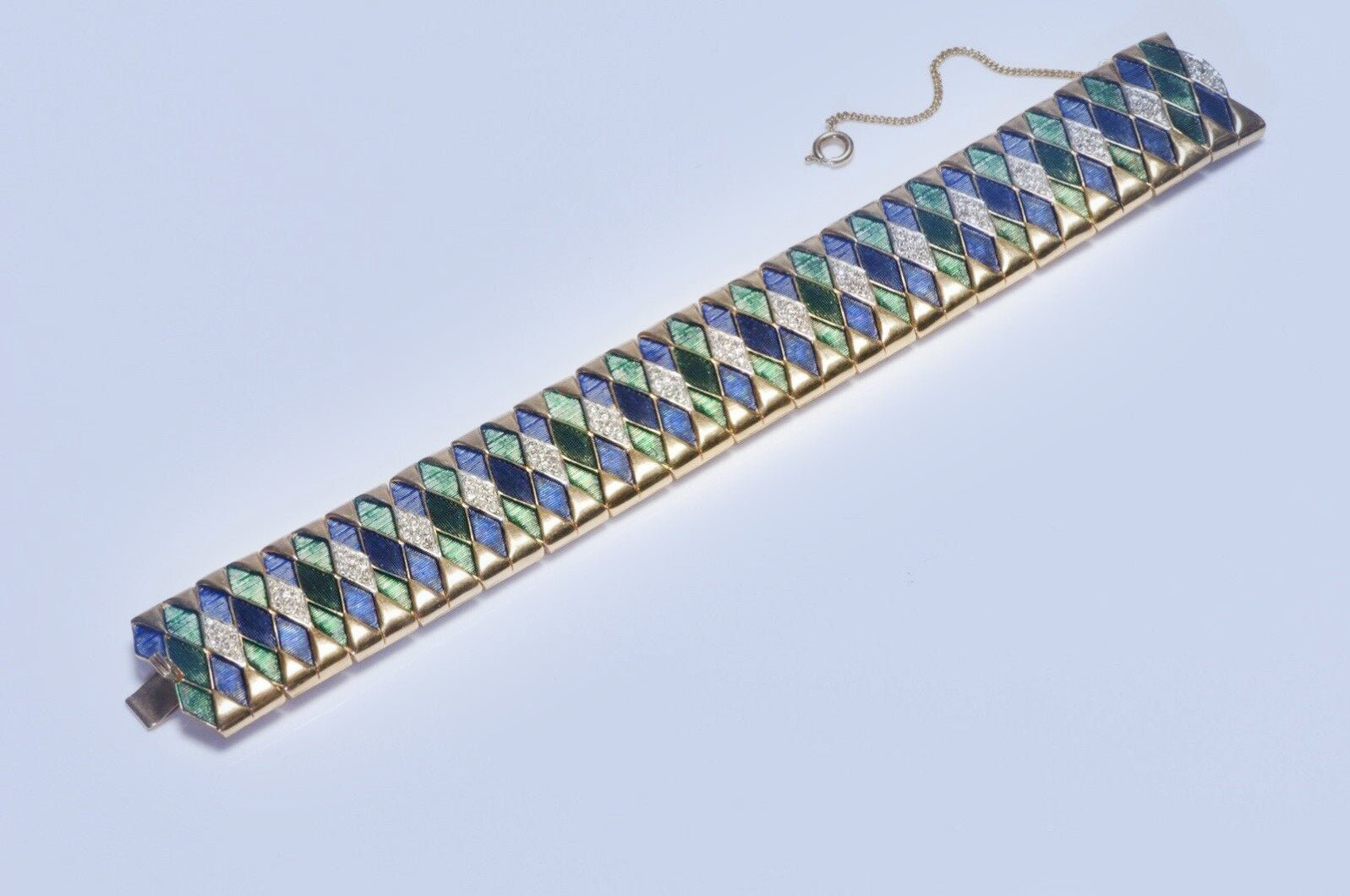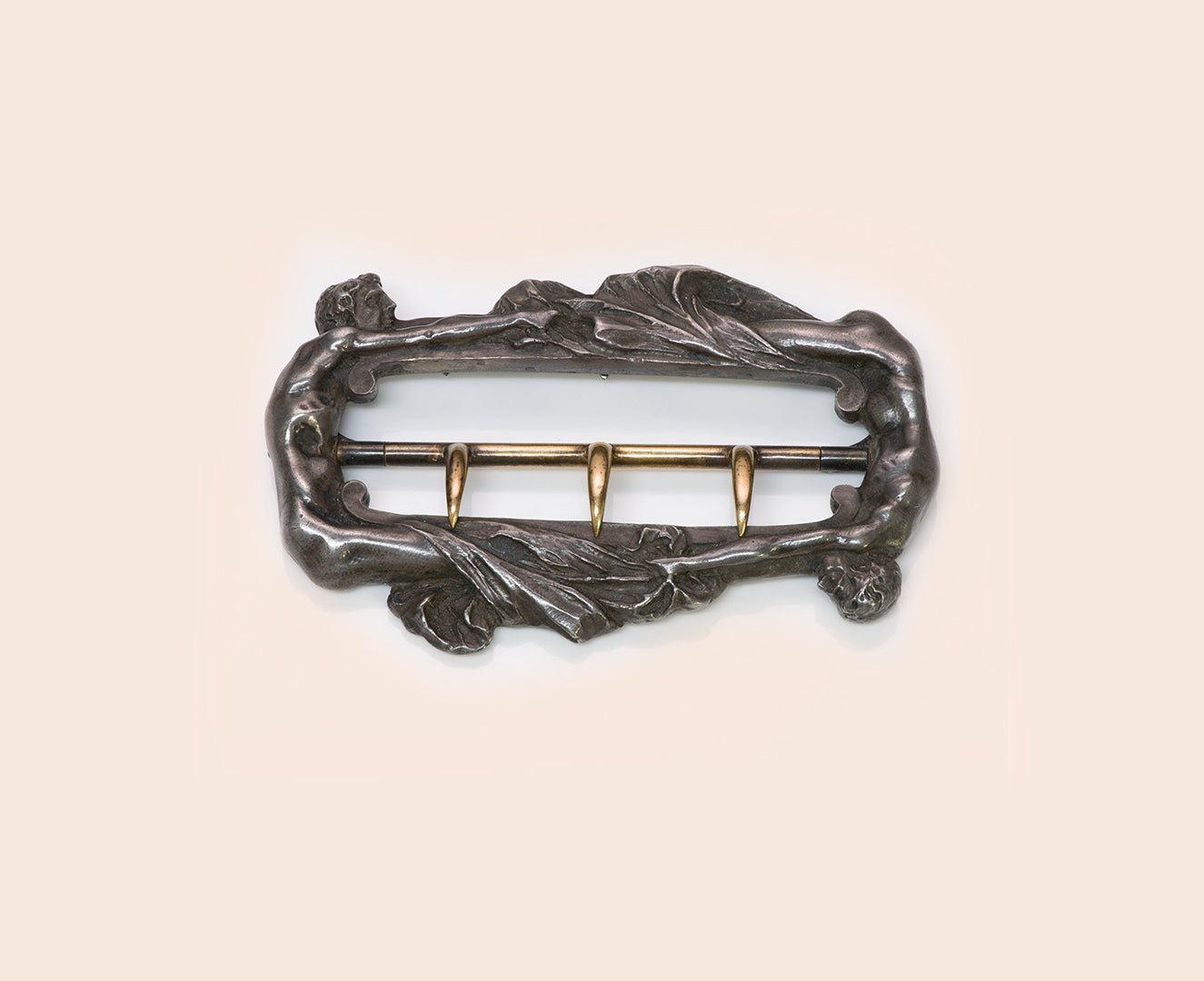
Marcel Boucher Jewelry – Bold and Sophisticated
Sometimes jewelry pieces are real works of art. That's for sure the case with the jewelry made by the brilliant artisan Marcel Boucher.
The classical style is always in vogue, but when it comes to jewelry, sometimes a woman longs for something bold and different to make her feel special.
And if you are looking for sophistication and surprising designs, Marcel Boucher jewelry may be the perfect choice for you.
Brief History of Marcel Boucher
Born in Paris and raised by a single mother, Marcel Boucher learned his craft from the famous Pierre Cartier who sent him in 1923 to his New York workshop. With the crisis of 1929, he lost his job and turned to the creation of costume jewelry.
At the beginning of the 1930s, he joined Mazer Brothers, where he worked until he opened his own company in 1937 (Marcel Boucher Ltd. which would become Marcel Boucher & Cie).
Marcel Boucher proved to be a prolific designer of costume jewelry and his names became synonymous with high-quality materials and exquisite craftsmanship. He became famous for his bold, imaginative, enameled pieces.
Marcel Boucher is considered to be one of the greatest designers of costume jewelry in America (1930-1960). He was very appreciated for his brooches, which were shaped like fruits, animals, and human figures. His jewelry pieces were individual works of art with meticulous finishes.
Collectors covet his fantastic birds from the 1940s and his "Parisianna Mexican Silver" line.
Marcel Boucher Jewelry – the Earrites. Even the Capricious Marylin Monroe Wore Them
A perfectionist designer, Boucher is also famous for his audacious "Earrites". It is possible and even probable that Marcel Boucher was inspired by the Harmon model to create in 1950, in a more refined (and more commercial) design, the "Earrites" (ear cuffs/earrings) which knew how to meet the expectations of elegant American ladies.
The timing was perfect. Tired of war, women longed for graceful looks and dapper fashion with unusual shapes. The shape of the "Earrites" is obviously reminiscent of Harmon's "ear cuffs", but the main motif is at the bottom, and rhinestones prevail.
In 1950, Marcel Boucher launched his new collection of "Earrites", a jewel that he wanted to be "affordable" since rhinestones replaced the more expensive diamonds.
In fact, he could use according to the orders of his clientele, different metal alloys, gold, or silver, as well as artificial crystals (rhinestones), pearls, precious or semi-precious stones. He presents them in his ads as "sparkling rhinestones gracefully draped around your ear with comfortable ear loops". These "Earrites" were intended as a chic and original costume jewel that renewed the genre.
The patterns, classic and delicate, declined flowers, birds, dragonflies, earrings, and stars to adorn the feminine ears of the fifties.
These "Earrites" became so popular in the 1950s in the United States that Marcel Boucher patented his creation, which was plagiarized by / or inspired competing brands. And we'll see that the more recent glamor trend of 2012/2013 still owes him a lot.
Popular with "fashionable women", the "Earrites" also appeared on the cover of "Vogue" and on the ears of the most famous actresses of the time, such as Marylin Monroe and Miranda Carmen. The main character of the television series "I Love Lucy" (1951-1957), played by Lucille Ball, also often wore "Earrites".
How do you Recognize Marcel Boucher Jewelry
The jewelry pieces made by Marcel Boucher are usually signed and can be dated based on their inventory mark and number.
Early Boucher pieces may be marked "Marboux" or with his initials in a cartouche. "MB Sterling" was used between 1942 and 1944.
Pieces made between 1944 and 1949 may be marked with a Phrygian cap above his initials. Later pieces are marked "Marcel Boucher" or "Boucher".
After 1955, the copyright symbol appears before his name.
After Marcel Boucher's death in 1965, his wife, Sandra, took over the company. In 1972, the company became a subsidiary of watchmaker Dovorn Industries.
In 1979, the company was sold to D'Orlan Industries of Toronto, Canada. D'Orlan legitimately reproduces many of Boucher's jewels using Boucher's original molds. These jewels have a design inventory number and are signed "D'Orlan".

















